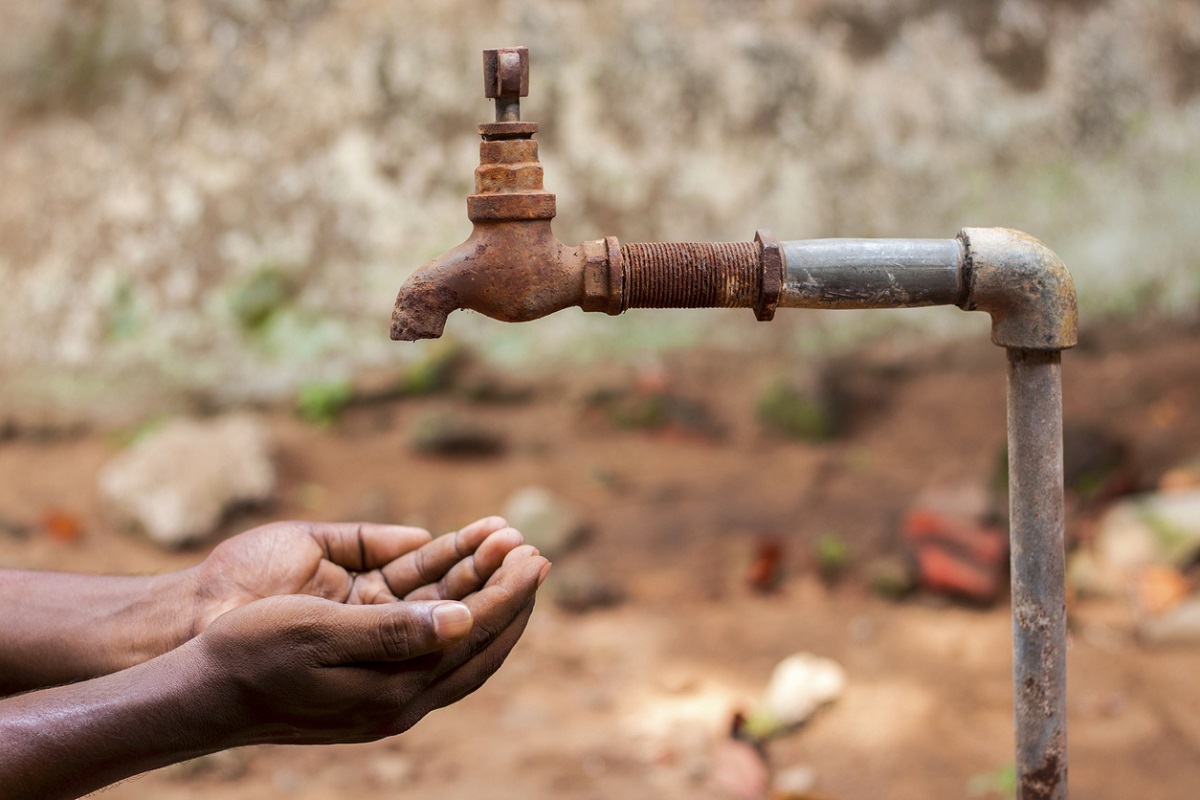The world is heading towards an unprecedented water catastrophe. Most of the water systems that keep the ecosystems thriving and feed a growing human population have become stressed due to wastage and over-consumption, when water is available. According to NASA’s satellite data, about 21 of the world’s 37 largest aquifers are running out too fast to be replenished; an additional 13 are declining at a faster rate.
More than half the world’s wetlands have disappeared, while some of the major water bodies such as the Aral Sea, the Dead Sea, the Great Salt Lake and Lake Chad are disappearing at a faster pace. If the current patterns of consumption continue unabated, two-thirds of the world’s population will be facing water shortage as a daily reality by 2025. In its most recent data, the Food and Agriculture Organisation (FAO 2014) has highlighted that 45 countries were experiencing water shortage of less than a thousand cubic metres per person a year.
Advertisement
The UNICEF in its report, ‘Thirsting for a Future: Water and Children in a Changing Climate (2017)’ has predicted that within two decades, there will be about 600 million children regions that are suffering from extreme water stress. Water scarcity is becoming increasingly common all around the world, as country after country hits the limit of what it can use. The World Economic Forum has also ranked water crisis among its top three global risks in terms of impact since 2012.
The WEF’s Global Risks Report (2017) has highlighted the World Bank’s forecasts that water availability in cities could decline by as much as two-thirds by 2050. India has been facing a shortage of water for a long time, but the last three decades suggest that this calamity might assume epic proportions. The Global Runoff Data Centre, University of Hampshire and International Earth Science Information Networks have projected that around 30 per cent of India’s landspace falls in the extreme water- scarce zone, having less than 500 cubic metres per person of renewable freshwater supply.
Niti Aayog’s recent report on water is the latest warning about the dwindling of the supply and availability of water in the country and the scary situation it is headed for. The crisis is already here. About 60 crore people ~ nearly half of the population ~ and most cities are facing water shortage. The situation in 21 major cities will be extremely critical by 2020 and, in 10 years, the available supply may meet only half of the demand.
It is not just a problem of availability. About 70 per cent of the resource is contaminated. India’s rank in the water quality index is 120 among 122 countries. Climate change will worsen the situation and the country will have to cope with too much rain when it is not needed and too little of it when required. India’s rank in the water quality index is 120 among 122 countries.
A report by the World Resources Institute (2015) reveals that about 54 per cent of the wells across the country are decreasing at a faster pace and almost 600 million people face the risk of surface water supply disruptions. According to the latest survey by the Central Groundwater Board (CGWB), the states of Andhra Pradesh, Tamil Nadu, Kerala and Karnataka are in a worse state as far as ground water is concerned with the rate of decline much higher than the national average.
Given such an alarming situation, a World Bank report reveals that at least 21 Indian cities are moving towards zero groundwater level by 2020. If the present rate of groundwater depletion persists, India will only have 22 per cent of the present daily per capita water available in 2050, possibly forcing the country to import its water. What are the factors responsible for the looming crisis? Centuries of mismanagement of small waterbodies is one of the prime reasons behind the decline in the availability of water.
Rapid and unbridled urbanisation has converted these community resources into concrete structures and dumping grounds. The Standing Committee on Water Resources (2012-13) on “Repair, Renovation and Restoration of Water Bodies” underlined in its 16th report that most of the waterbodies in the country had been encroached upon by municipalities and panchayats. The extensive floods and waterlogging within a few days of torrential rain in most of the urban cities is not due to climate change alone, but because of the destruction of such natural groundwater recharge mechanisms which otherwise would hold back some water and release the excess into the oceans.
Climate experts have predicted that there will be fewer rainy days but the volume of rainfall will increase the possibility of flooding. Creative and imaginative governance in the form of building larger storage dams which can store excess water in lesser time is the need of the hour. People should be sensitised about the judicious use of water and educated about waterretention dams and other conventional structures such as talab etc to store water.
The old practice of rainwater harvesting should also be popularised. Tamil Nadu has made mandatory the installation of water harvesting structures in every house and this must be replicated in other States as well. Investing and promoting waterrecycling, storm-water capturing technologies and micro-irrigation techniques in crop cultivation can also solve the problem of water scarcity.
(The writer is with Eastern Institute for Integrated Learning in Management (EIILM), Kolkata)
